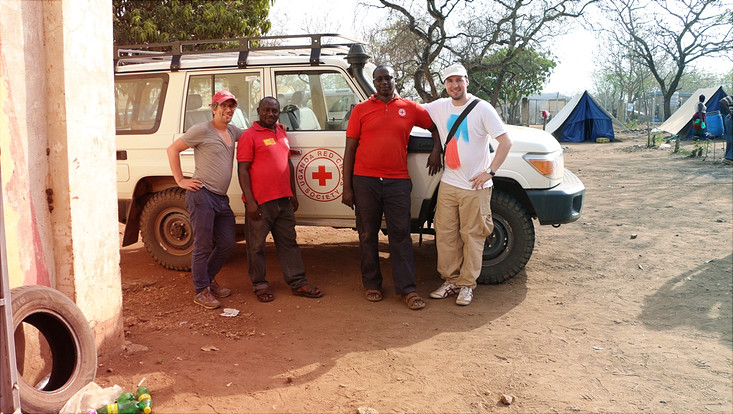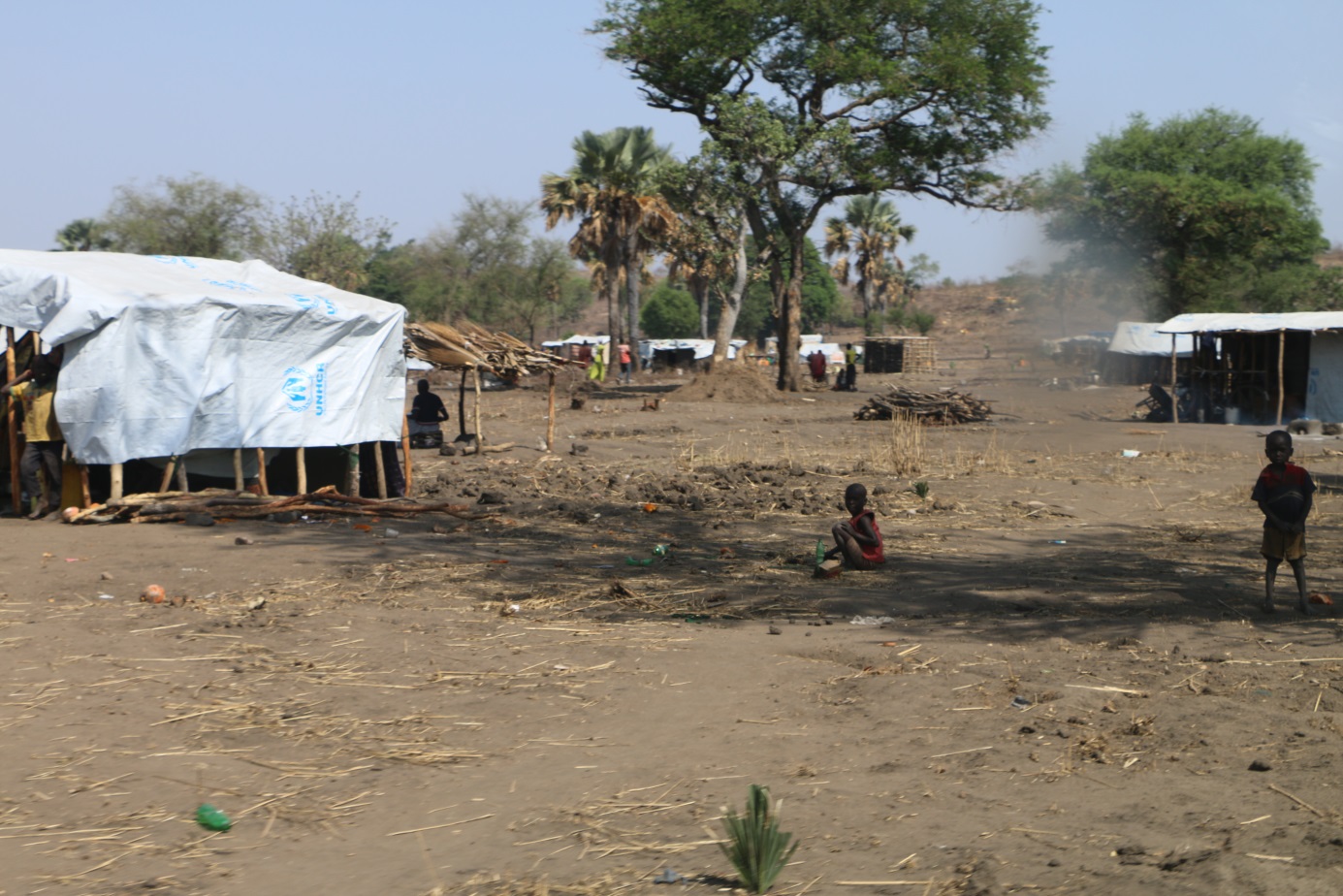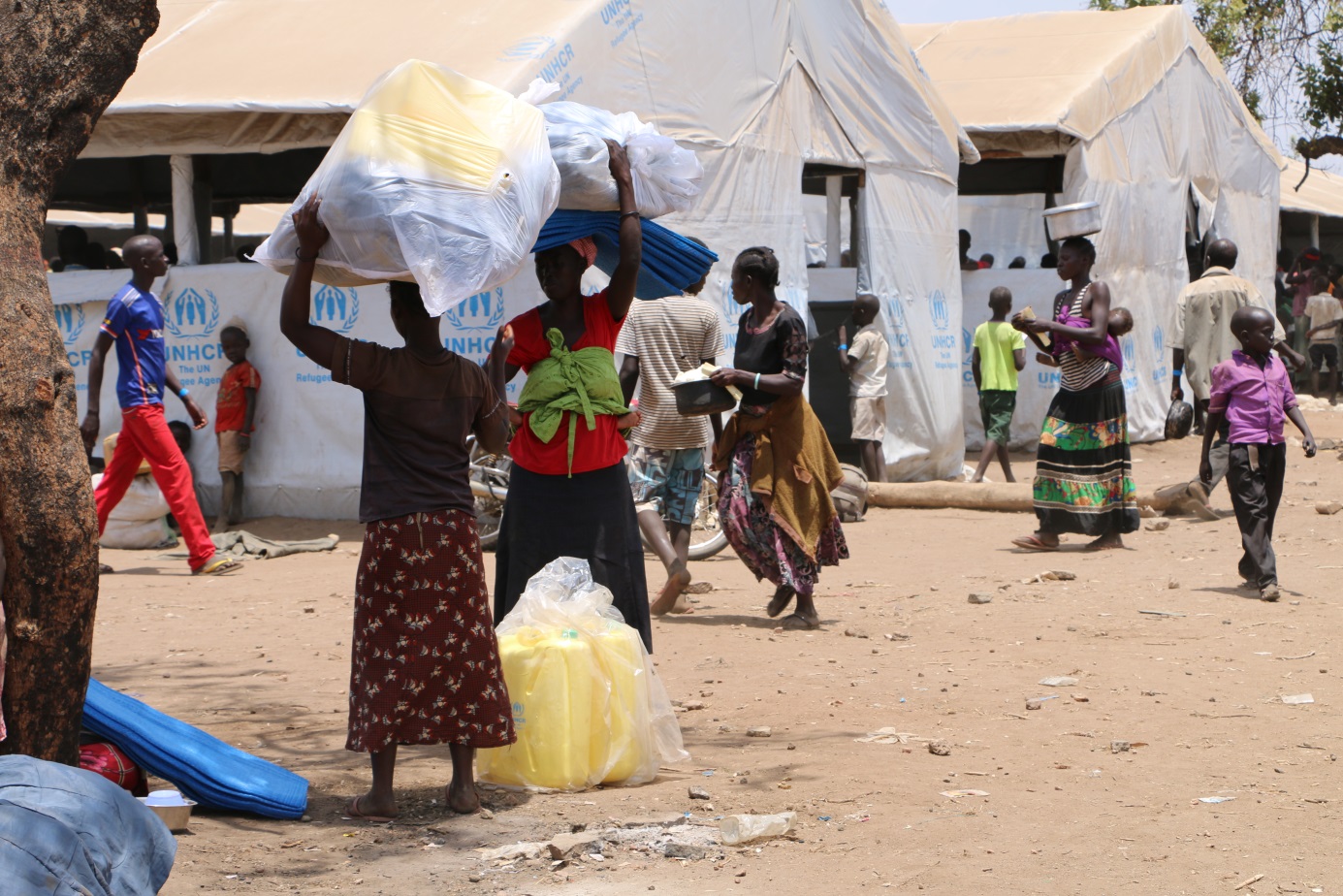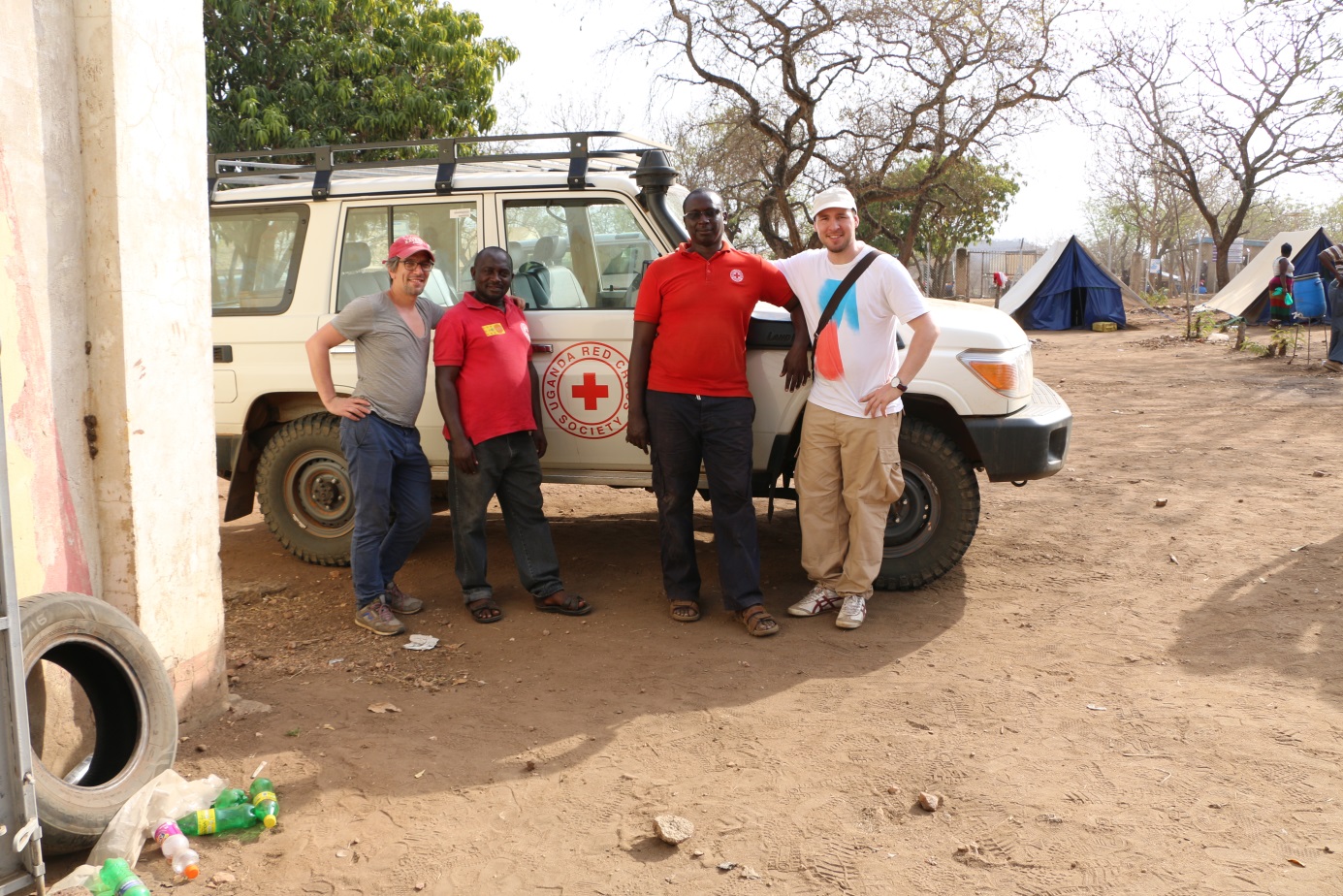Research on Refugee Crisis in Northern Uganda
1. Mai 2017

Foto: Darkow
The chair for Organization Studies has established research partnership with the Uganda Red Cross Society (URCS) and the Office of the Prime Minister of Uganda (OPM) to study the coordination efforts undertaken for coping with large influx of refugees crossing the South Sudanese border.
The chair for Organization Studies has established research partnership with the Uganda Red Cross Society (URCS) and the Office of the Prime Minister of Uganda (OPM) to study the coordination efforts undertaken for coping with large influx of refugees crossing the South Sudanese border.
In 2016, the South Sudan refugee emergency in Uganda dramatically peaked. By the end of 2016 Uganda hosts approximately 625000 refugees from South Sudan, and there is no sign of change. As of March 2017, 3000-6000 refugees arrive daily at the South Sudan Border and get transferred to the reception centers in Uganda. Originally the capacity was designed to deal with 1000 refugees per day, and capacity is actually overstretched. People arriving suffer from malnutrition, diseases (like malaria) and post-traumatic stress syndromes, with 86% of all refugees being women and children. The Ugandan Government grants all refugees a small plot of land (30x30m per household), the right to work and start a business and free movement within the country from the first day of arrival.
Our research took place at two different refugee settlements: Palorinya settlement where refugees arrived in December last year and have already settled in, and Imvepi settlement (Yumbe region) which currently receives the largest number of new arrivals. The crisis is managed by the Office of the Prime Minister and the UNHCR, with support of more than 47 national and international NGOs, the Red Cross Society as being one of them. Our study aims at understanding how emergencies of this scale and with the vast amount of partners are actually coordinated in such continuously changing situations. Our ethnographic approach enabled us to closely observe the activities of URCS at the different sites and spend more than 4 weeks at the refugee settlements. As a result, we are able to provide detailed feedback to our partners how such emergencies are coordinated and we were able to gain deep insights into the struggles, pitfalls and best practices of international humanitarian aid work. We are planning to return to Uganda in September 2017 to provide detailed feedback and to study how the situation has changed since our last visit.



Copyright: UHH/Geiger
